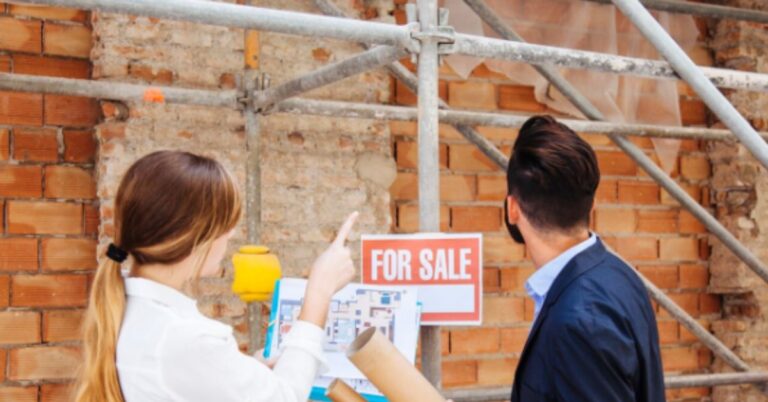Sidewalks are essential for pedestrian safety and urban accessibility, but over time, they can deteriorate due to weather, tree roots, and general wear. Understanding who is responsible for repairs, the costs involved, and the correct approach to fixing damaged sidewalks ensures compliance with city regulations while maintaining neighborhood safety. Whether dealing with minor cracks or full replacements, taking the right steps prevents violations and unnecessary expenses.
Who Is Responsible for Sidewalk Repairs?
Sidewalk ownership and maintenance responsibilities vary by city, but in most urban areas, property owners are responsible for keeping sidewalks adjacent to their buildings in safe condition. Local governments enforce sidewalk maintenance ordinances, requiring homeowners or businesses to address damage to prevent accidents. If a sidewalk is part of public infrastructure but runs alongside private property, the owner may be liable for repairs unless the damage is caused by city infrastructure, such as water main breaks.
Municipalities often conduct inspections to identify unsafe conditions and issue violation notices when sidewalks require repairs. If a property owner ignores these notices, the city may arrange repairs and bill the costs to the owner. Some cities offer assistance programs or shared-cost initiatives to ease the financial burden of maintenance.
What It Costs to Repair a Sidewalk
The cost of city sidewalk repair depends on the extent of damage, material choices, and labor requirements. Minor fixes, such as sealing cracks or patching small areas, generally range from $250 to $750 per section. Replacing damaged sidewalk slabs costs between $50 and $100 per square foot, while extensive replacements involving excavation and leveling can exceed $3,000.
Cities often provide cost estimates before issuing repair mandates, allowing property owners to plan expenses. Hiring licensed contractors ensures proper work is completed, preventing future liabilities. Additional costs may arise for permit applications, disposal of broken concrete, and decorative finishing for enhanced aesthetics.
How to Get Sidewalk Repairs Done Right
Property owners must follow city guidelines when repairing sidewalks to meet safety standards and avoid fines. The first step is inspecting the sidewalk and determining the level of damage. If a violation notice has been issued, reviewing local regulations ensures the repairs meet compliance requirements.
Hiring a licensed contractor specializing in sidewalk restoration guarantees high-quality work and adherence to municipal codes. Obtaining city permits before beginning repairs is essential, as unauthorized modifications may result in penalties. Contractors typically handle permit applications, ensuring work proceeds without administrative delays.
Proper materials contribute to long-lasting sidewalk integrity. Using reinforced concrete or weather-resistant paving stones prevents premature wear. Ensuring adequate drainage mitigates water damage, reducing erosion risks.
Regular maintenance prevents future problems, saving homeowners from costly repairs. Conducting seasonal inspections, sealing minor cracks, and monitoring tree root growth maintain sidewalk safety.
Final Thoughts
Sidewalk repairs require careful planning, adherence to city regulations, and consideration of costs. Property owners are often responsible for maintenance, and ignoring damage can result in violations or municipal-imposed corrections. Hiring professional contractors, securing permits, and selecting durable materials ensure sidewalks remain safe and compliant. Taking proactive steps in upkeep prevents unexpected expenses and enhances neighborhood accessibility. By following proper procedures, homeowners and businesses can maintain their sidewalks efficiently while meeting city standards. For expert construction and renovation services tailored to your needs, visit Zicklincontracting.com.

